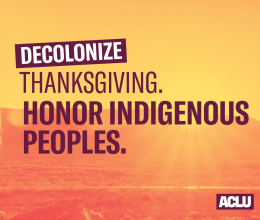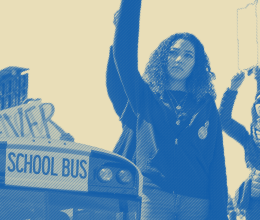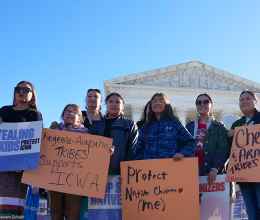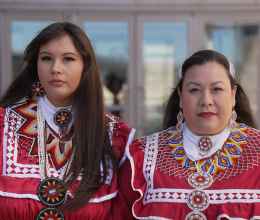
Graduation from high school is a pivotal, once-in-a-lifetime achievement. Many Indigenous students cannot fully celebrate this achievement, from both a spiritual and cultural perspective, unless they are permitted to wear their ceremonial tribal regalia (for example, an eagle feather or beadwork on their graduation cap) during the event. Some schools have prohibited Indigenous students from wearing these items at graduation, claiming that it would violate the school’s dress code and speculating, without any basis, that it would disrupt the ceremony. However, there are various state and federal laws that protect public school students’ rights to wear tribal regalia during commencement.







